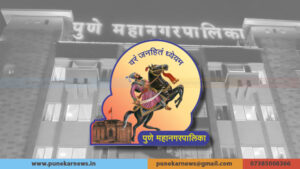Mangal Pandey – Harbinger of the First War of Independence 1857
Today, July 19, is the birth anniversary of Shaheed Mangal Pandey, who faced canons during the1857 revolution to oust the British rule from India.
Mangal Pandey was born on 19 July 1827 in a Brahmin family in Nagwa, a village of upper Ballia district, Uttar Pradesh. He joined the East India Company’s army in 1849 at the age of 22. Pandey was a soldier in the 6th Company of the 34th Bengal Native Infantry and is primarily known for his involvement in an attack on several of the regiment’s officers. This incident marked an opening stage in the Indian rebellion of 1857.
In 1857 the Doctrine of Lapse, issue of cartridges greased with animal fat to Indian soldiers, introduction of British system of education and a number of social reforms had infuriated a very wide section of the Indian people, who rose in revolt at a number of places all over India.
At the time of the First War of Independence, the company introduced new rifles, which used animal fat for greasing the cartridges. Influenced by the example of his compatriots in Berhampur, Mangal Panday refused to use the greased cartridges and broke into open mutiny on March 29, 1857, at Barrackpore near Calcutta and urged his comrades to join him.
Surrounded by guards and European Officers, he tried to commit suicide by shooting himself and was seriously wounded. He was court-martialled on April 6, and hanged at Barrackpore on April 8, 1857.
After this revolt, the East India Company was brought under the direct rule of the British Crown.
#MangalPandey #year1857 #BritishEastIndiaCompany#British #Ballia #UttarPradesh #Barrackpore#Companyrule #BritishRaj #Shaheed #Martyr #Europe#London








